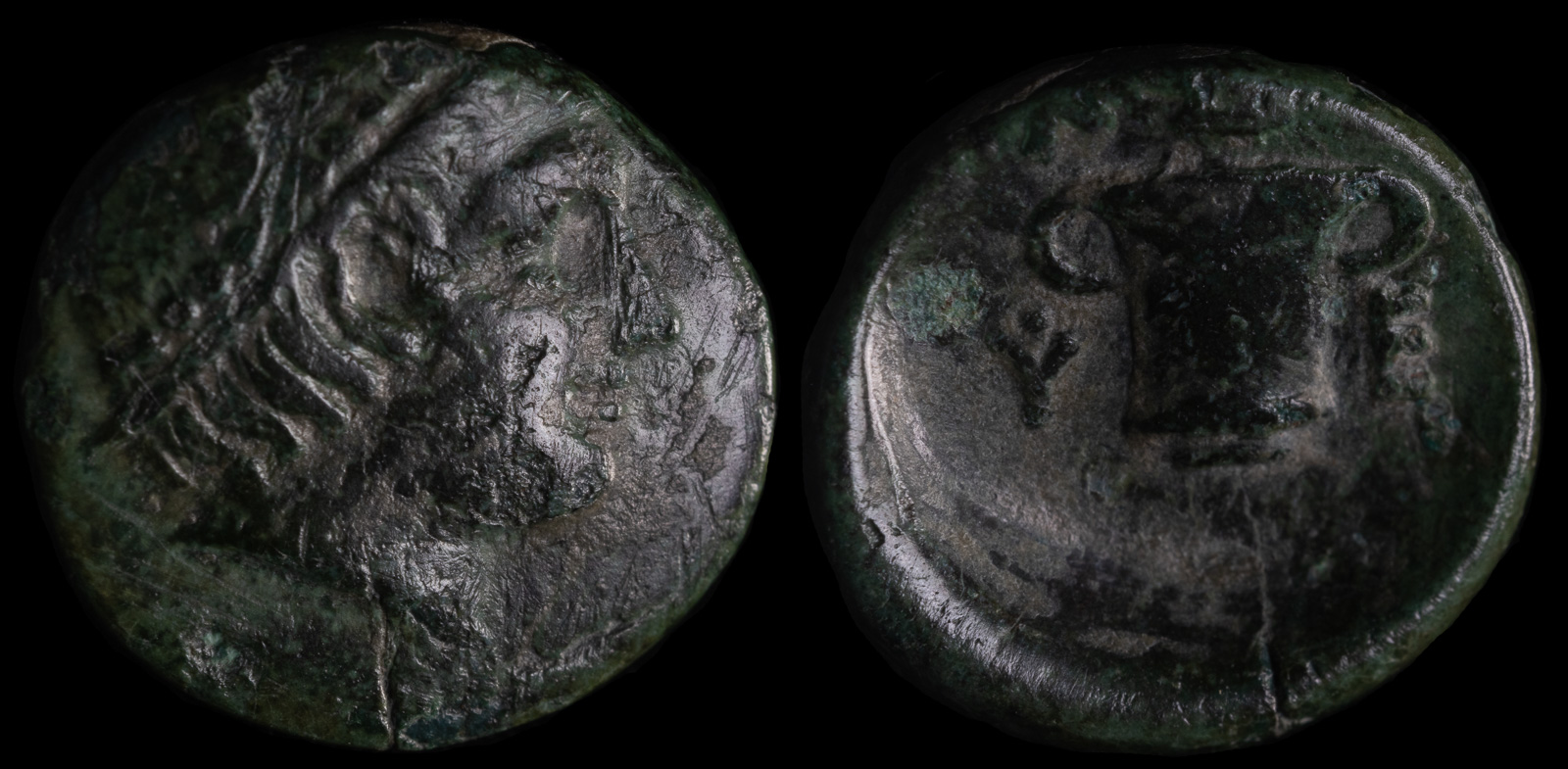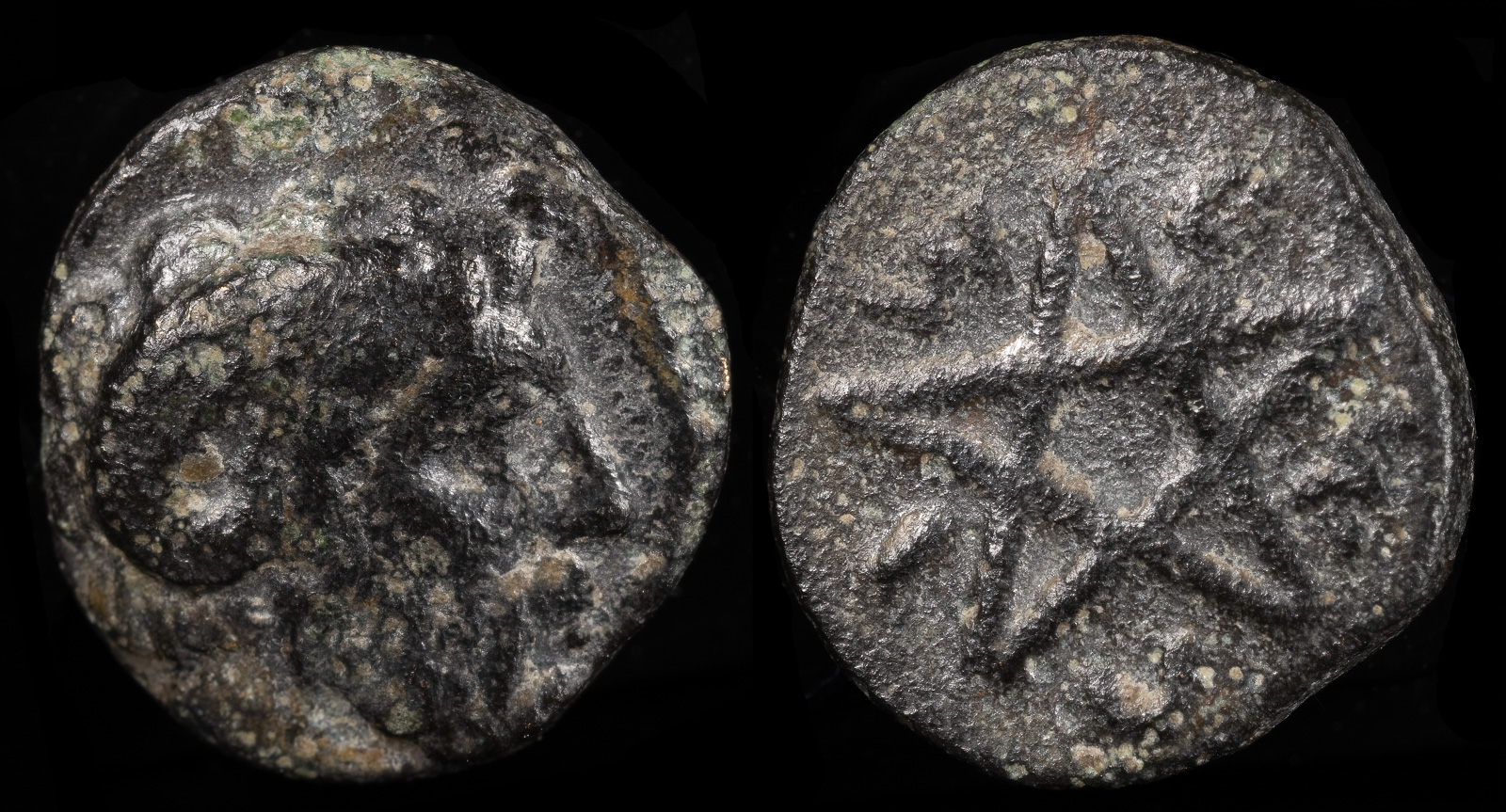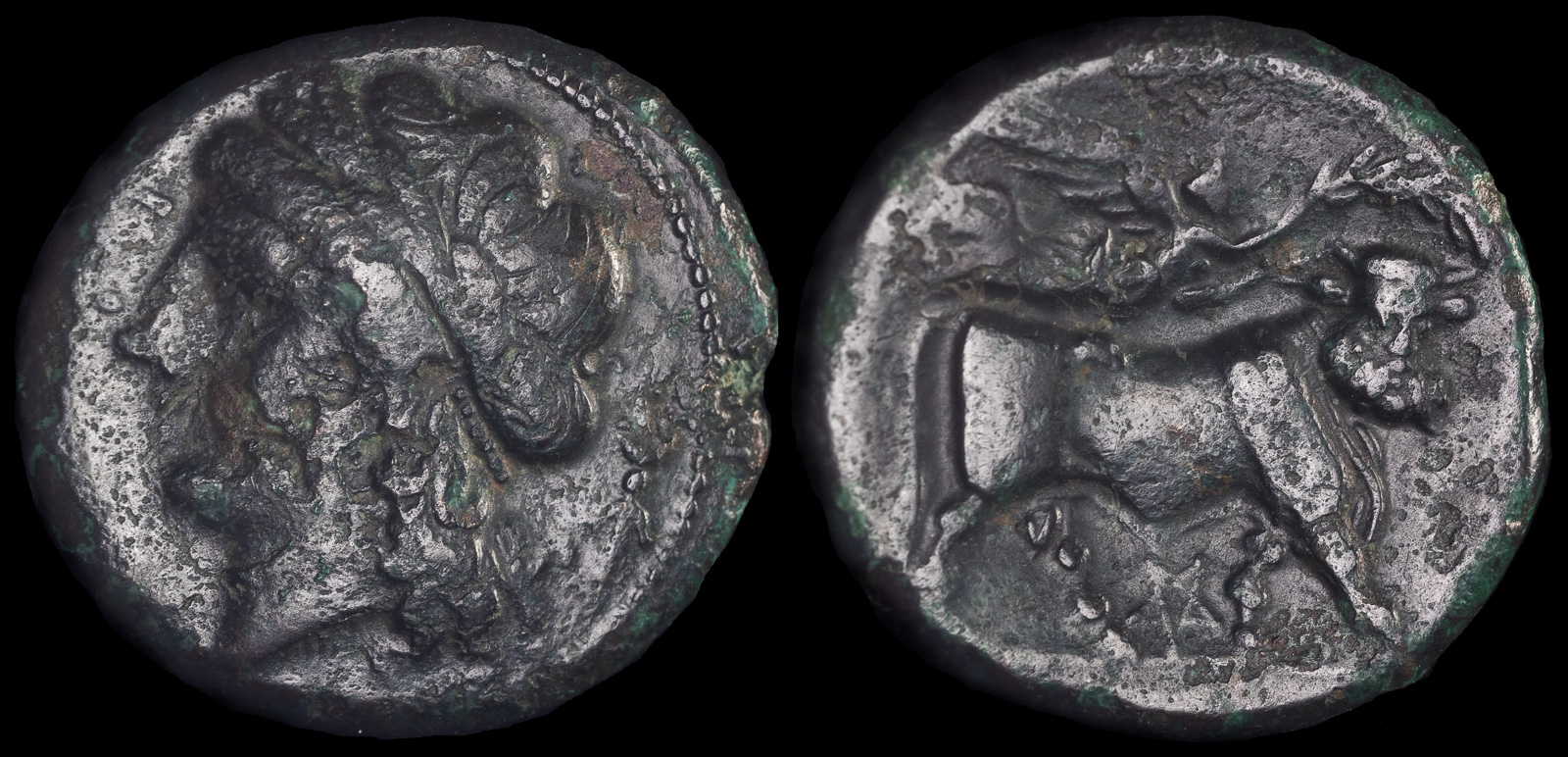Pentagram
View All Tags
For the Pythagoreans, the pentagram was more than just a shape; it was a reflection of the mathematical and cosmic order that governed the universe. They believed that the number five was a symbol of health and well-being, and the pentagram’s five points were thought to represent the five elements: earth, water, air, fire, and spirit. This association linked the pentagram to the natural world and the fundamental forces that controlled life, with the shape embodying the harmony of these forces coming together in a balanced way. As a result, the pentagram became a symbol of the Pythagoreans’ philosophical ideals, representing their belief in the interconnectedness of numbers, nature, and the divine.
In addition to its mathematical and philosophical connotations, the pentagram also had a more mystical and protective significance in Greek thought. It was often associated with the goddess of wisdom, Athena, and considered a symbol of divine protection. The pentagram’s symmetry and its connection to sacred geometry made it a powerful emblem that could ward off evil spirits or negative forces. In some instances, it was used as a protective charm, etched onto objects or amulets to provide safety and bring good fortune to the wearer.
While the pentagram’s association with the Pythagoreans is the most prominent in Greek culture, it was not the only use of the symbol in ancient Greece. The shape was occasionally used in art and design, both for its aesthetic qualities and for its deeper philosophical meaning. As a symbol of order, harmony, and balance, the pentagram’s geometric beauty reflected the ancient Greek appreciation for symmetry and proportion, which were essential values in their art, architecture, and understanding of the universe.

Thrace, Kypsela
circa 420-380 BCE
Æ 13 mm, 1,75 g
Obv: Head of Hermes right wearing petasos.
Rev: K – Y / Ψ – Ε.
Diota (cup with two handles); uncertain symbol above.
BMC 1 var. (pentagram above cup); SNG Copenhagen 532 var. (same); Mouchmov 3889a

Mysia. Pitane
circa 350-300 BCE
Bronze 9 mm, 0,68 g
Head of Zeus to r., wearing horn of Ammon;
Rv. ΠΙΤΑΝ between the points of a pentagram with pellet in centre.
BMC 4-6

Campania, Teanum Sidicinum
Circa 265-240 BCE
Æ 5.11g, 19mm, 6h.
Laureate head of Apollo to left; Teanum in Oscan before, thunderbolt behind /
Man-headed bull walking to right, head facing, crowned with wreath by Nike flying above to right; pentagram below
HN Italy 455; Sambon 1000; SNG BnF 1201-1204; HGC 1, 350
Ex Mike Ballerini Collection